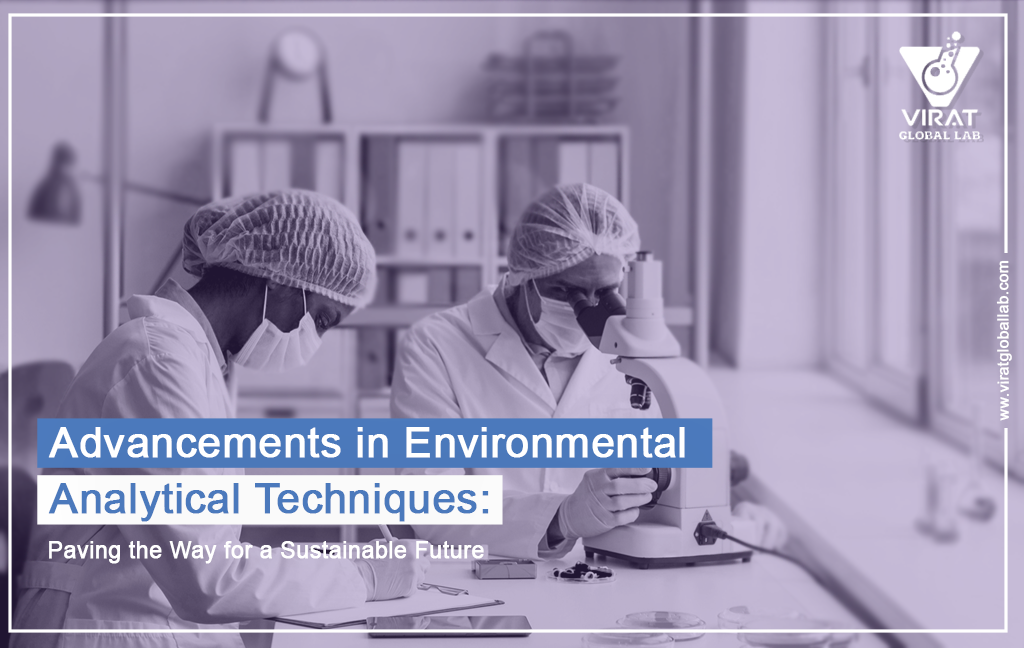
In our rapidly evolving world, it has become more critical than ever to monitor and safeguard our environment. Environmental issues such as pollution, climate change, and resource depletion pose significant challenges to the health of our planet and its inhabitants. To address these challenges, scientists and researchers have been continuously developing and refining environmental analytical techniques. These advancements not only provide us with a deeper understanding of environmental processes but also empower us to make informed decisions that can lead to a more sustainable future.
In this blog post, we will explore some of the most significant advancements in environmental analytical techniques, highlighting their importance and potential impact on the environment.
Mass spectrometry (MS) has undergone remarkable advancements, enabling scientists to analyze environmental samples at an unprecedented level of detail. High-resolution MS allows for the identification and quantification of trace elements and organic compounds in various environmental matrices, from air and water to soil and sediments. This technique is indispensable for tracking emerging pollutants, monitoring chemical contamination, and studying the fate and transport of contaminants in the environment.
Remote sensing technologies, particularly satellite-based remote sensing, have revolutionized our ability to monitor and manage the Earth's surface. With the help of advanced sensors and data analytics, scientists can assess land cover changes, detect deforestation, measure greenhouse gas emissions, and track the health of ecosystems. These tools provide valuable insights for conservation efforts, climate change mitigation, and disaster management.
The study of microbial communities in the environment has taken a giant leap forward with high-throughput sequencing techniques. Metagenomics and metatranscriptomics enable researchers to analyze the genetic material of entire microbial populations in various ecosystems. This knowledge is crucial for understanding biogeochemical cycles, soil health, and the impact of human activities on microbial diversity.
Nanotechnology has opened up new horizons in environmental analytical techniques. Nanosensors and nanomaterials are being used to detect and remove pollutants from the environment with unparalleled sensitivity and efficiency. Nanoparticles can also be employed for targeted drug delivery in environmental remediation efforts, reducing the ecological impact of remediation processes.
AI and machine learning algorithms have become indispensable tools for environmental scientists. These technologies help analyze vast datasets, predict environmental trends, and optimize resource management. AI-driven models can simulate complex environmental systems, helping us understand and predict the consequences of climate change, pollution, and urbanization.
Isotope analysis has become increasingly important in environmental forensics. By examining the isotopic signatures of elements and compounds, scientists can trace the origins of contaminants, identify pollution sources, and assess the effectiveness of remediation efforts. This technique is vital for holding polluters accountable and ensuring a clean and safe environment.
Conclusion
Advancements in environmental analytical techniques have transformed our ability to understand, monitor, and protect the environment. These technologies empower us to make informed decisions, develop sustainable solutions, and address pressing environmental challenges. As we continue to innovate in this field, we move one step closer to a future where a harmonious coexistence with our planet is not only possible but imperative. By embracing these advancements, we can pave the way for a healthier, more sustainable world for generations to come.
At Virat Global Lab (A Division of Aseries Envirotek India Pvt. Ltd.), we invite businesses, Industries and institutions across various sectors to explore the benefits of partnering with us for their environmental testing and analytical needs.































